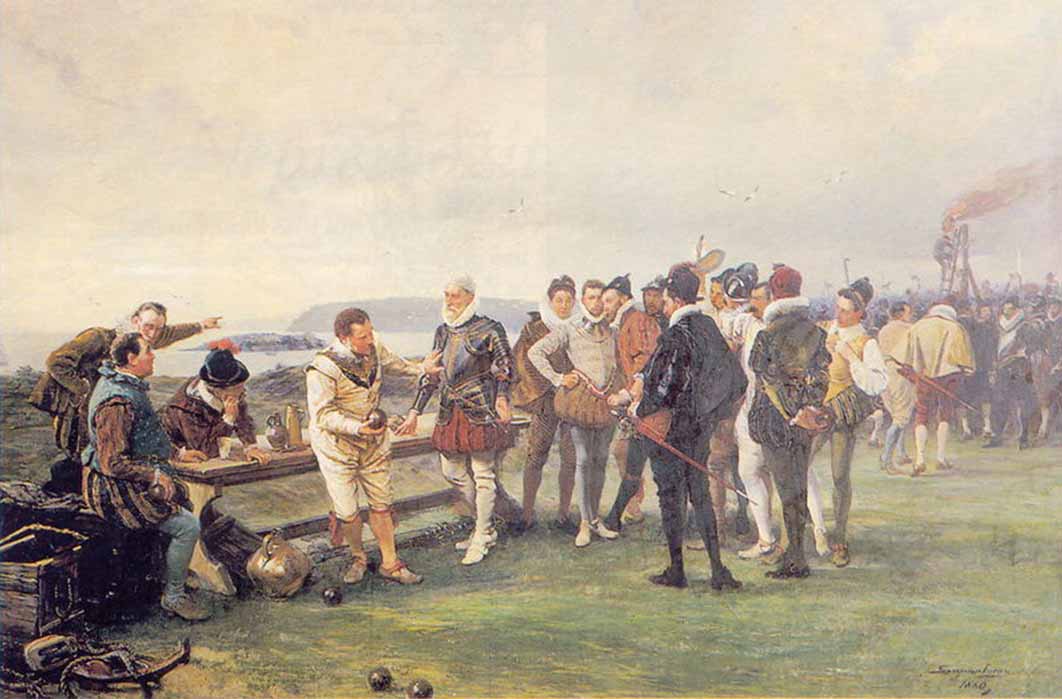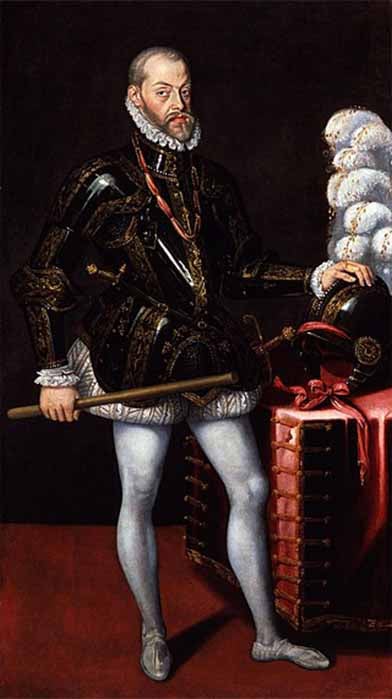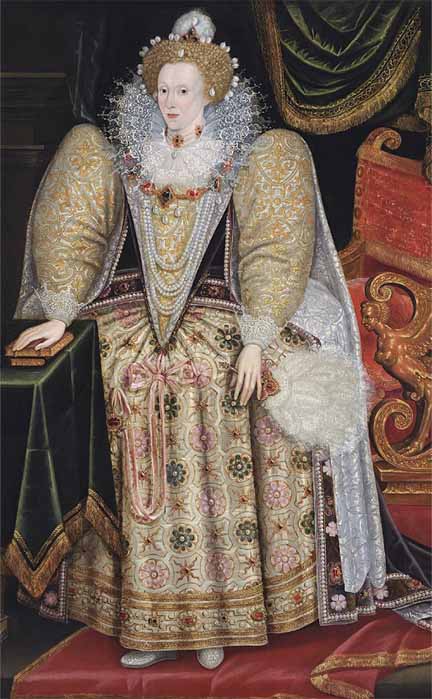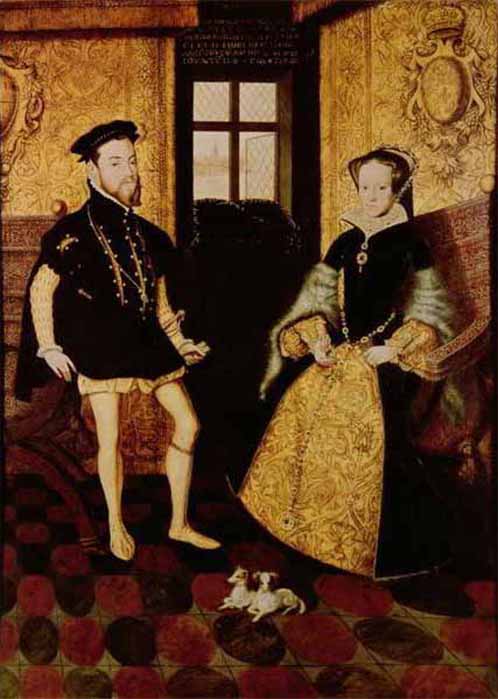
The Protestant Wind That Scattered The Spanish Armada 1588
There had never been such good blood between Spain and England as in the mid-16th century. However, in the last quarter of this century relations between Philip II of Spain (also known as 'Philip the Prudent') and Elizabeth I (also known as 'The Virgin Queen') were very tense at that time, and they deteriorated from 1585 onwards. History teaches that in addition to places, dates, winners and losers, there is another important variant to observe, perhaps of even greater importance: the whys.


Philip II of Spain by Joos van Cleve (c. 1580) National Portrait Gallery, London (Public Domain) and Queen Elizabeth I by Marcus Gheeraerts the Younger (c. 1597), Trinity College, Cambridge (Public Domain)
British Brides for Spain’s Philip II
Many years earlier, in the early 1530s, during the reign of Elizabeth's father, Henry VIII, the Protestant Church of England had split from the Pope and from the Roman Catholic Church altogether. Henry's eldest daughter, Mary, succeeded to the throne. Mary attempted to restore Catholicism in England, and did so by marrying King Philip II of Spain. Mary was born of the union between Henry and his first wife, Spanish Catherine of Aragon. When Philip united with Mary, he hoped for an heir who would bring England back into the fold of Catholicism. But the English Parliament played along, approving the marriage only on the condition that Philip would be Mary's consort and that he was expressly forbidden to rule the country and become its king.

Mary Tudor and her husband, Philip of Spain by Hans Eworth (1588) (Public Domain)
Mary died in 1558, without giving Philip an heir. At the time of her death, England, Wales and Spain were on friendly terms. Her half-sister Elizabeth (born of the union between Henry and his second wife Anne Boleyn) ascended the English throne. Philip’s precarious grasp on England appears to have loosened, until he had the bright idea of proposing marriage to Elizabeth as well.
Elizabeth very cleverly adopted some tactics to delay the decision. While the queen procrastinated, the Spanish territories on the other side of the Atlantic Ocean (the Spanish Mains) were plundered by Francis Drake, Martin Frobisher and John Hawkins, privateers for the crown of England, where they were hailed as heroes whenever the echoes of their exploits reached the motherland. The privateers plundered the dominions mercilessly. In 1568, the forces of the new Spanish viceroy captured Drake and Hawkins (the two were cousins) in the Mexican port of San Juan de Ulúa. The two managed to escape in their respective ships but during the encounter dozens of men they commanded were killed by the Spanish. The ambush rooted in Drake a deep hatred for the Spanish crown. Hatred that would accompany him on all subsequent missions against Spain.

The Battle of San Juan de Ulúa in 1568 where Hawkins and Drake were captured, by Frederick Whymper (1887) (Public Domain)




